
St. Mark, by Hendrick ter Brugghen…
* * * *
April 25 is the Feast Day for Saint Mark. He wrote the first and shortest of the four Gospels.
“In Christian tradition, Mark the Evangelist, the author of the second gospel is symbolized by a lion – a figure of courage and monarchy.” (See Wikipedia.) But that “second Gospel” phrase doesn’t mean his wasn’t the first account of the life of Jesus. As Isaac Asimov noted:
Matthew is [listed as the] first of the gospels in the New Testament because, according to early tradition, it was the first to be written. This, however, is now doubted by nearly everyone. The honor of primacy is generally granted to Mark, which is the second gospel in the Bible as it stands.
(770) There’s more below on how Mark’s is (or was) the most “dissed” of the Gospels…
But first note that the word “gospel” is from the old Anglo-Saxon “god spell,” meaning “good news.” The Greek form of the word is “evangelos,” which translates to “bringing good news.”
It should also be noted that the Gospels themselves were predated by one or more “letters” in the New Testament. (Either Epistle of James or First Epistle to Timothy, depending on the cite.)
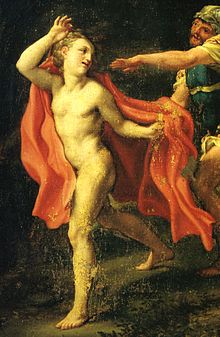 The writer of this first-in-time Gospel is generally identified as the same John Mark who “carried water to the house where the Last Supper took place” in Mark 14:13, or the “young man who ran away naked when Jesus was arrested” in Mark 14:51. (As shown at right.) See also Acts 12:25: “Barnabas and Saul returned from Jerusalem when they had completed their service, bringing with them John, whose other name was Mark.“
The writer of this first-in-time Gospel is generally identified as the same John Mark who “carried water to the house where the Last Supper took place” in Mark 14:13, or the “young man who ran away naked when Jesus was arrested” in Mark 14:51. (As shown at right.) See also Acts 12:25: “Barnabas and Saul returned from Jerusalem when they had completed their service, bringing with them John, whose other name was Mark.“
And see Overview Of The Four Gospels – PBS, which said that it was Mark who made the “first attempt to tell the story of the life and the death of Jesus.” And so it could be said that Mark “began the gospel tradition:”
The gospel of Mark is the second to appear in the New Testament, [but it] was composed first… The way Mark tells the story suggests that his audience lived outside the homeland [i.e., outside present-day Israel], spoke Greek rather than Aramaic, and was not familiar with Jewish customs. While there is disagreement about where Mark wrote, there is a consensus about when he wrote: he probably composed his work in or about the year 70 CE, after the failure of the First Jewish Revolt and the destruction of the Jerusalem Temple at the hands of the Romans. That destruction shapes how Mark tells his story. (E.A.)
Which brings up the question of what message Mark wanted to convey, to his troubled audience. The consensus is that he wrote his Gospel right after the First Jewish Revolt and the Roman army’s sack of Jerusalem. Thus one answer is: Mark deliberately constructed a “bleak and frightening picture because that was the experience of the people” he was writing to. In other words he merely reflected the great persecution suffered by his audience.
Then there’s the matter of the Great Commission, generally placed at the end of his Gospel. (See Mark 16:15, up to verse 18. ) The question is: Did Mark himself write it at all?
According to some critics … Jesus never speaks with his disciples after his resurrection. They argue that the original Gospel of Mark ends at verse [8, i.e., Mark 16:8] with the women leaving the tomb (see Mark 16).
 Note that Mark 16:8 says, “they went out and fled from the tomb, for terror and amazement had seized them; and they said nothing to anyone, for they were afraid.” (As shown at left.) Which would of course have been a bad place to end a Gospel of hope.
Note that Mark 16:8 says, “they went out and fled from the tomb, for terror and amazement had seized them; and they said nothing to anyone, for they were afraid.” (As shown at left.) Which would of course have been a bad place to end a Gospel of hope.
But another scholar – Elaine Pagels – added an interesting twist herself. She noted that those last words would have been “very bad news” indeed, “if it weren’t that underneath this rather dark story is an enormous hope.”
That is, just as the disciples experienced days of anguish the death of Jesus and Easter morning, there was a rest of the story. And so it would be for Mark’s audience, even suffering as they did.
In other words, this “terrible anguished [original] ending is nevertheless not the ending:”
That there’s a mystery in it, a divine mystery of God’s revelation that will happen yet. And I think it’s that sense of hope that is deeply appealing.
See Story Of The Storytellers – The Gospel Of Mark, part of the PBS article above, emphasis added. And the emphasized word brings up the fact that Christianity has arguably been – all along – a “mystical” religion, full of mysteries; “secret, hidden, not readily known by all.”
For example, see 1st Corinthians 2:7, where Paul spoke of “the word of God in a mystery, even the hidden wisdom.” He spoke of the “knowledge in the mystery of Christ” in Ephesians 3:4, and of the “fellowship of the mystery” in Ephesians 3:9. In Ephesians 5:32 he wrote, “This is a great [or “profound”] mystery: but I speak concerning Christ and the church.” Paul told Christians to “make known the mystery of the gospel” in Ephesians 6:19, and to hold “the mystery of the faith” – or the “deep truths” – in a “pure conscience” in 1st Timothy 3:9. He said that “great is the mystery of godliness” in 1st Timothy 3:16, and in 1 Corinthians 4:1, Paul said that Christians were to be faithful “stewards of the mysteries of God.”
(And by the way, that “mystery” word doesn’t bode well for those who take the Bible too literally. But we don’t want to beat that dead horse any more than already done throughout this blog…)
Suffice it to say: Mark was the first to try to “explain this mystery,” a mystery that baffles many people “even to this day.” (See 2 Corinthians 3:15, re: the veil that “covers their hearts.“)
So anyway, you can see the full set of Bible readings for the Feast Day at St. Mark. The readings: Isaiah 52:7-10, Psalm 2, Ephesians 4:7-8,11-16, and Mark 1:1-15 or Mark 16:15-20.
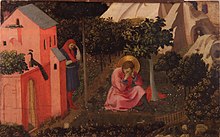 And before closing it should be noted that the Gospel of Mark itself presents a kind of Cinderella story. As Wills noted in What the Gospels Meant, for many centuries the Early Church Fathers pretty much neglected Mark’s Gospel. (St. Augustine – being “converted” at right – called Mark “the drudge and condenser” of Matthew.)
And before closing it should be noted that the Gospel of Mark itself presents a kind of Cinderella story. As Wills noted in What the Gospels Meant, for many centuries the Early Church Fathers pretty much neglected Mark’s Gospel. (St. Augustine – being “converted” at right – called Mark “the drudge and condenser” of Matthew.)
For one thing, Mark’s written Greek was “clumsier and more awkward” than the more-polished Matthew, Luke and John. As a result, Mark’s was the “least cited Gospel in the early Christian period.” But “this Cinderella got her glass slipper,” beginning in the 19th century.
That’s when Bible scholars finally noticed the other three Gospels all cited material from Mark, but “he does not do the same for them.” The conclusion? Mark started the process and set the pattern of and for the other three Gospels. And as a result of that, since the 19th century Marks’ “has become the most studied and influential Gospel.”
He is long held by the Catholic church to be one of the four living creatures (the lion), along with Matthew (man), Luke (calf), and John (eagle) of Revelation 4/ four main 6 winged Seraphim of Isaiah 6 constantly shouting around the Heavenly Father’s throne “Holy, holy, holy is the Lord of hosts; The whole earth is full of His glory.” Mark [is] said to have founded the Church of Alexandria, one of the most important episcopal sees of Early Christianity. His feast day is celebrated on April 25, and his symbol is the winged lion.
See Mark – Wikipedia. Now about the lion being his symbol. The lion is traditionally “a figure of courage and monarchy.” See also Lion of Saint Mark, which said the symbolism began with Revelation 4:7, “The first living creature was like a lion, the second was like an ox, the third had a face like a man, the fourth was like a flying eagle.” The lion also symbolizes “the power of the Evangelist’s word, the wings symbolize the spiritual elevation, while the halo is the traditional Christian symbol of holiness.”
 Which explains some of the symbolism in the Ter Brugghen painting, including the lion at Mark’s elbow and the open book he’s reading. (The open book can be a symbol of peace, or as a symbol of public justice. See Lion of Saint Mark, shown at left) And so to summarize:
Which explains some of the symbolism in the Ter Brugghen painting, including the lion at Mark’s elbow and the open book he’s reading. (The open book can be a symbol of peace, or as a symbol of public justice. See Lion of Saint Mark, shown at left) And so to summarize:
In Christianity, the four living creatures are Cherubim. A prominent early interpretation has been to equate the four creatures as a tetramorph of the Four Evangelists where the lion represents Mark the Evangelist, the calf [or “ox”] is Luke the Evangelist, the man is Matthew the Apostle, and the eagle symbolizes John the Evangelist. This interpretation originated with Irenaeus and was adopted by Victorinus. Its influence has been on art and sculpture and is still prevalent in Catholicism and Anglicanism.
So April 25 celebrates the man the other three Gospel-writers followed and borrowed so freely from. The man whose work – for 18 long centuries – was largely disregarded and disrespected. The man who finally – after 1,800 years – got the recognition he deserved.
There’s probably an object lesson there too…
* * * *
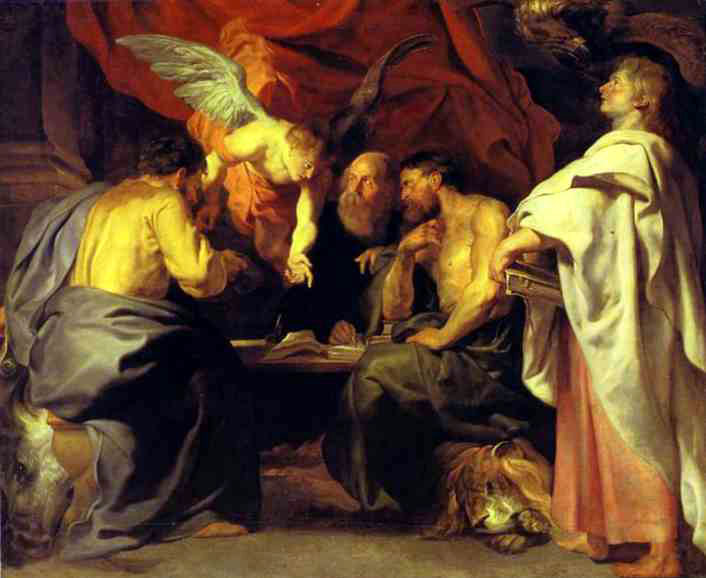
The Four Evangelists, by Peter Paul Rubens…
* * * *
The upper image is courtesy of Hendrick Ter Brugghen “st. Mark” Painting – Image Results. See also Hendrick ter Brugghen – Wikipedia, about the Dutch painter (1588-1629), a “leading member of the Dutch followers of Caravaggio – the so-called Dutch Caravaggisti.” Wikipedia added:
His paintings were characteristic for their bold chiaroscuro technique – the contrast produced by clear, bright surfaces alongside sombre, dark sections – but also for the social realism of the subjects, sometimes charming, sometimes shocking or downright vulgar.
For more information on other paintings of “St. Mark,” see FRANS HALS ST MARK – Colnaghi, a PDF file with the full title, “Frans Hals’ St. Mark[:] A Lost Masterpiece Rediscovered.” The article compared paintings done of St. Mark by Ter Brugghen, Hals and others, as well as their common “painterly conventions.” For example, the article said Mark is commonly shown “writing on a scroll” and that Mark and John “tend often to be portrayed as the more mystical figures among the Evangelists.” It also noted the tradition of showing humanist “scholar-saints:”
However the pictorial conventions of the humanist scholar-saint, were easily transferred to the depiction of the Evangelists, and this was particularly true of St. Mark, whose iconography was so similar to that of St. Jerome, both writer saints sharing the common attribute of the lion, that the two were sometimes confused. Since St. Jerome was a penitent saint, as well as a scholar, he was often shown at prayer accompanied by a skull[, again, as in the upper painting,] and these penitential aspects of the iconography of St. Jerome in turn become attached also to the figure of St. Mark. This accounts for the symbols of skull and candle which appear in the Ter Brugghen St. Mark, a version of which is described ambiguously in Slatkes’s monograph as ‘either St. Jerome or St. Mark.’ (E.A.)
Re: Isaac Asimov. The quote(s) cited above are from Asimov’s Guide to the Bible (Two Volumes in One), Avenel Books (1981), at page 770. And just as an aside, Asimov (1920-1992) was “an American author and professor of biochemistry at Boston University, best known for his works of science fiction and for his popular science books. Asimov was one of the most prolific writers of all time, having written or edited more than 500 books and an estimated 90,000 letters and postcards.” His list of books included those on “astronomy, mathematics, the Bible, William Shakespeare’s writing, and chemistry.” He was a long-time member of Mensa, “albeit reluctantly; he described some members of that organization as ‘brain-proud and aggressive about their IQs.’” See Isaac Asimov – Wikipedia.
Re: the order-of-writing of the New Testament. See Appendix 8: Chronological Order of the Books of the New Testament, which listed James as first to be written, or Bible – In what order were the books in the New Testament written, which listed “1st Timothy and Galatians” as first.
The “Mark 16:8” image is The Three Marys at the Tomb, by Peter Paul Rubens, courtesy of en.wikipedia.org/wiki/Mary_Magdalene.
Re: Wills’ “Gospels.” See also What the Gospels Meant – Garry Wills – Book Review – New York Times:
Yet the paradox of modern Christianity is that the growth of biblical scholarship … has done so little to affect the mass of biblical illiterates who proclaim their convictions about what Jesus would do while knowing precious little about what he actually did or, more important, what he meant… In this sense, Wills is a dangerous man. (E.A.)
Re: The symbolism of the Four Evangelists. The skull in the upper painting generally symbolizes “the futility of vanity” and/or a “reminder of the certainty of death.” See Symbols of the Saints – symboldictionary.net, and Vanitas – Wikipedia, the free encyclopedia.
The lower image is courtesy of Peter Paul Rubens: The Four Evangelists, which noted: “Rubens portrayed the four evangelists while working together on their texts. An angel helps them… Each gospel author can be identified by an attribute. The attributes were derived from the opening verses of the gospels. From left to right: Luke (bull), Matthew (man [angel]), Mark (lion), and John (eagle).” See also Four Evangelists – Wikipedia, and/or Harry Truman and the next election.
* * * *
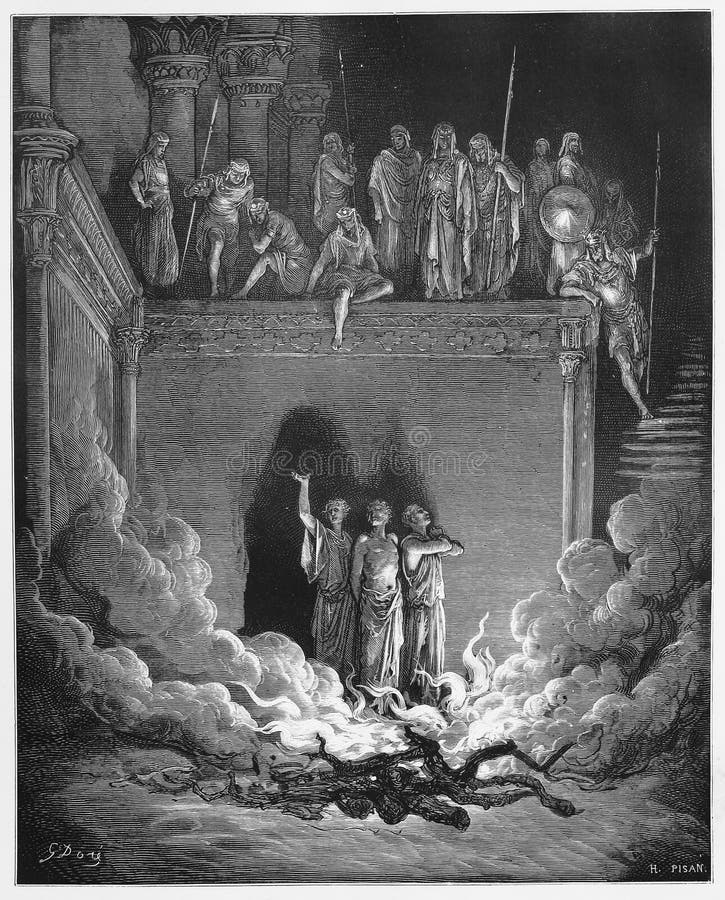
 Daniel 1:4
Daniel 1:4
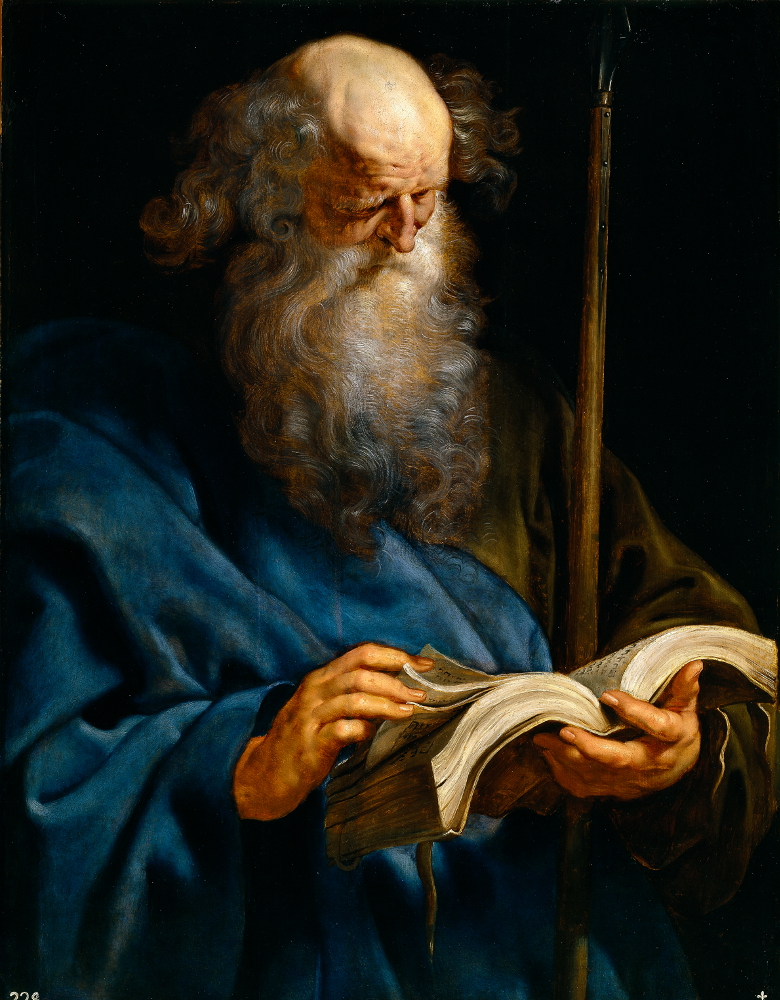
 In other words, if it hadn’t been for the millions upon millions of people who came to believe in the
In other words, if it hadn’t been for the millions upon millions of people who came to believe in the  Of course Paul’s
Of course Paul’s 
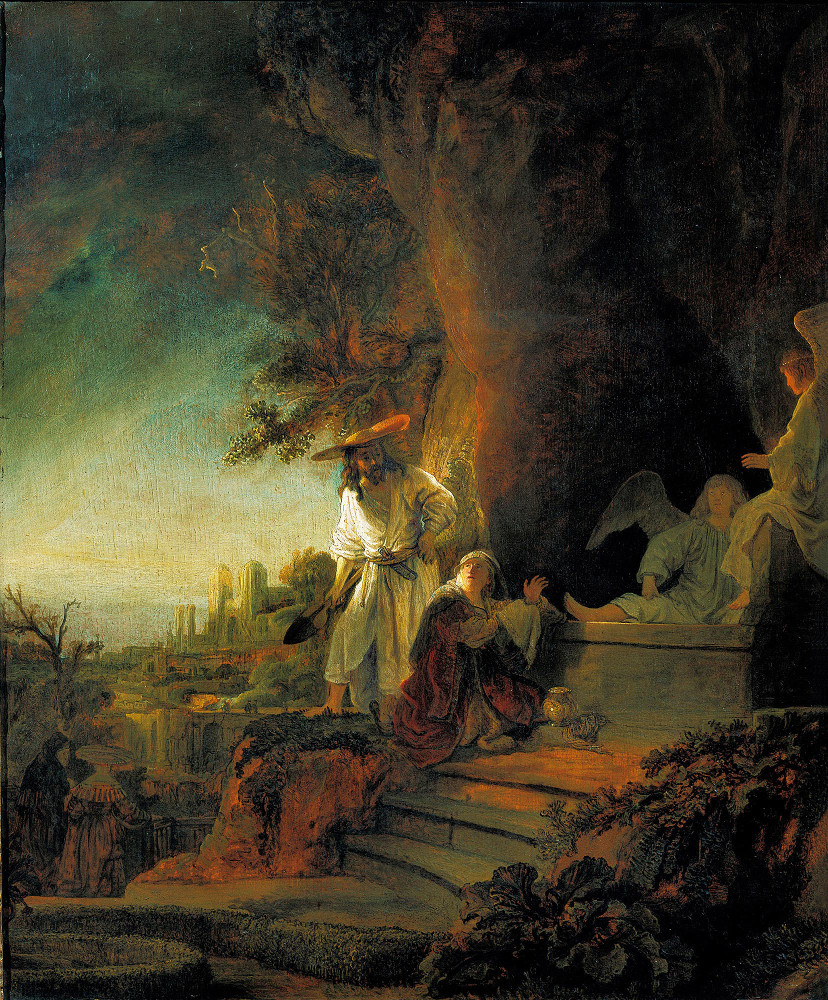
 For another interesting article, see
For another interesting article, see 
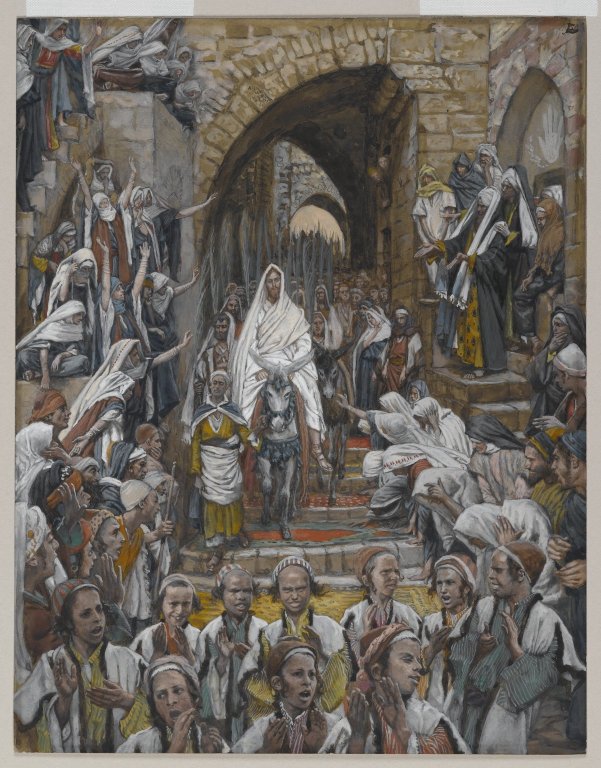
 In
In  See
See 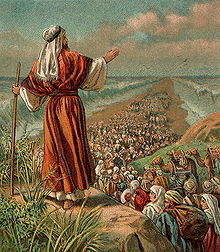 All of which referred back to the
All of which referred back to the 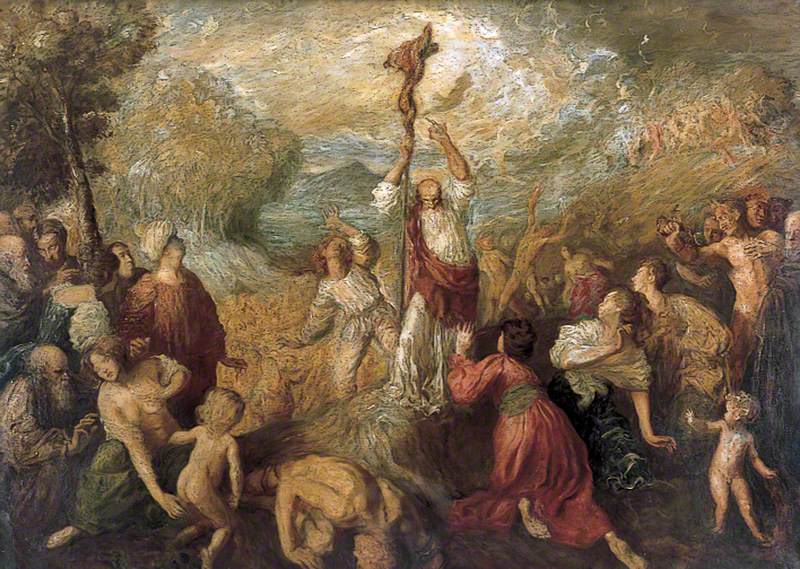
 The lower image is courtesy of
The lower image is courtesy of 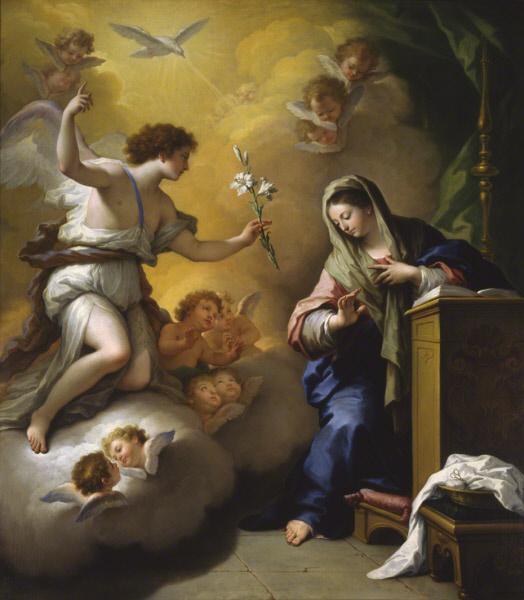
 It started back in the olden days. Nowadays we know all about the
It started back in the olden days. Nowadays we know all about the  So the Annunciation is celebrated about the time of the vernal equinox. (
So the Annunciation is celebrated about the time of the vernal equinox. (

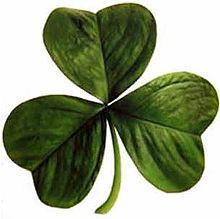 Legend further says Patrick used the native
Legend further says Patrick used the native  Or as Kenneth Clark put it, “In so far as we are the heirs of Greece and Rome” – after the collapse of the Roman Empire about 500 A.D. – “we got through by the skin of our teeth.” We were saved in large part by a “group of monks huddled off the coast of Ireland.”
Or as Kenneth Clark put it, “In so far as we are the heirs of Greece and Rome” – after the collapse of the Roman Empire about 500 A.D. – “we got through by the skin of our teeth.” We were saved in large part by a “group of monks huddled off the coast of Ireland.”
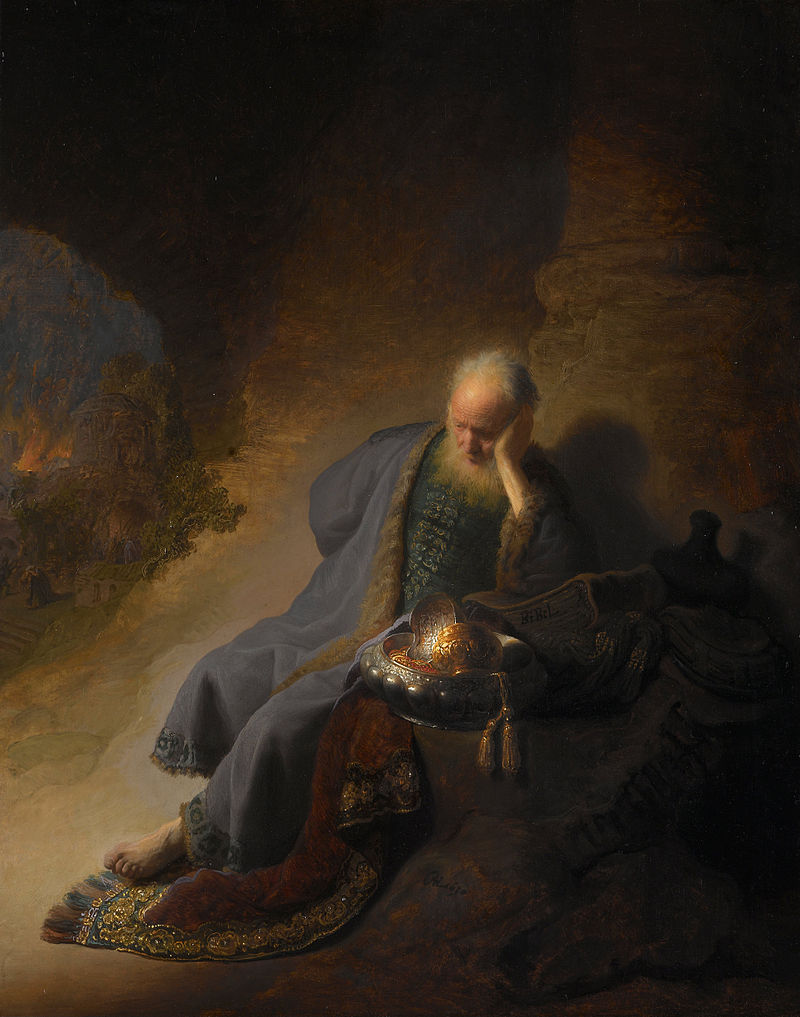
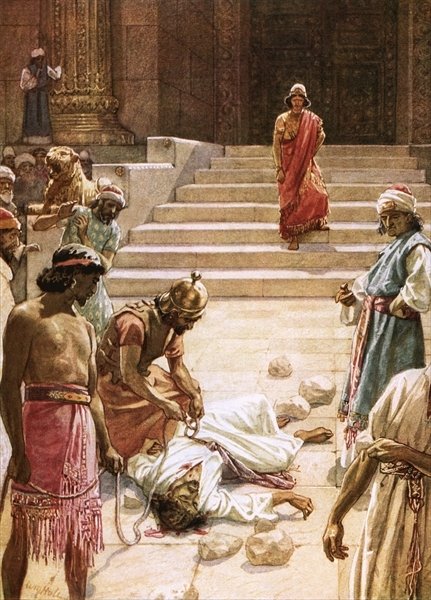

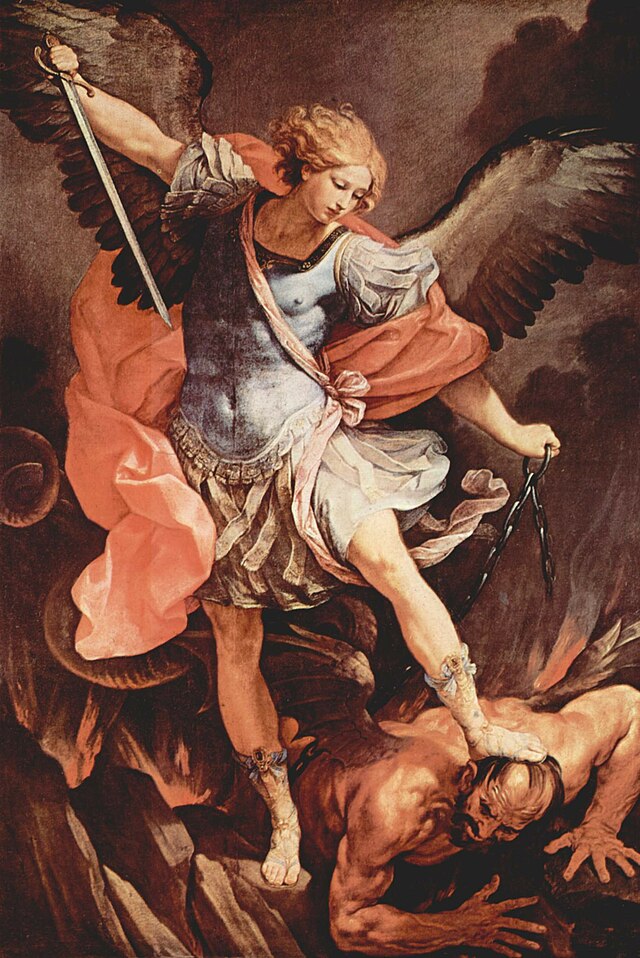

 Which brings up some things Robert Louis Stevenson – shown at right – said in his
Which brings up some things Robert Louis Stevenson – shown at right – said in his